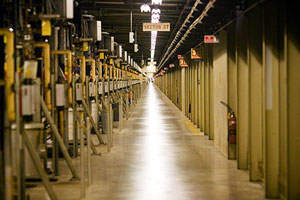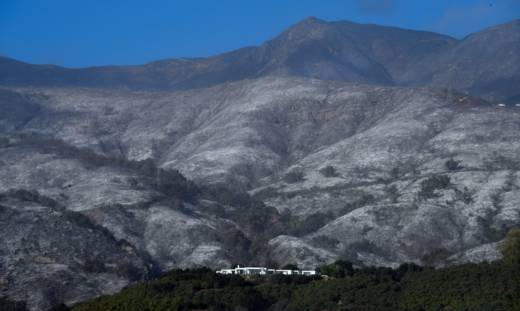 The Stanford Linear Accelerator. Credit: SLAC.
The Stanford Linear Accelerator. Credit: SLAC.
On the heels of the opening of the Large Hadron Collider last year, I was curious about these particle accelerators: how they work, what research is conducted there, and most importantly why.
Luckily, there is a particle accelerator right here in the Bay Area. Last year, I took an intrepid group down to the Stanford Linear Accelerator (SLAC) to learn more about the these giant expensive research labs.
SLAC maintains an extensive public outreach program. An extensive tour (mine was 2 hours with very in-depth exploration of the facility), public lectures, weekly colloquia, and even science competitions for high schoolers.
I was surprised to find a wealth of research beyond the typical particle colliding at the facility. Many researchers use the state of the art facilities to study basic elements of our life, including water.
On Tuesday, Anders Nilsson is discussing his research on water at SLAC, an in-depth look at some of the stranger properties of water: its high heat capacity, how it is more dense than ice, even insight on using water as a power source (by splitting it into hydrogen and oxygen). Water: The Strangest Liquid, Tuesday February 24th 730-830PM at the Stanford Linear Accelerator.
